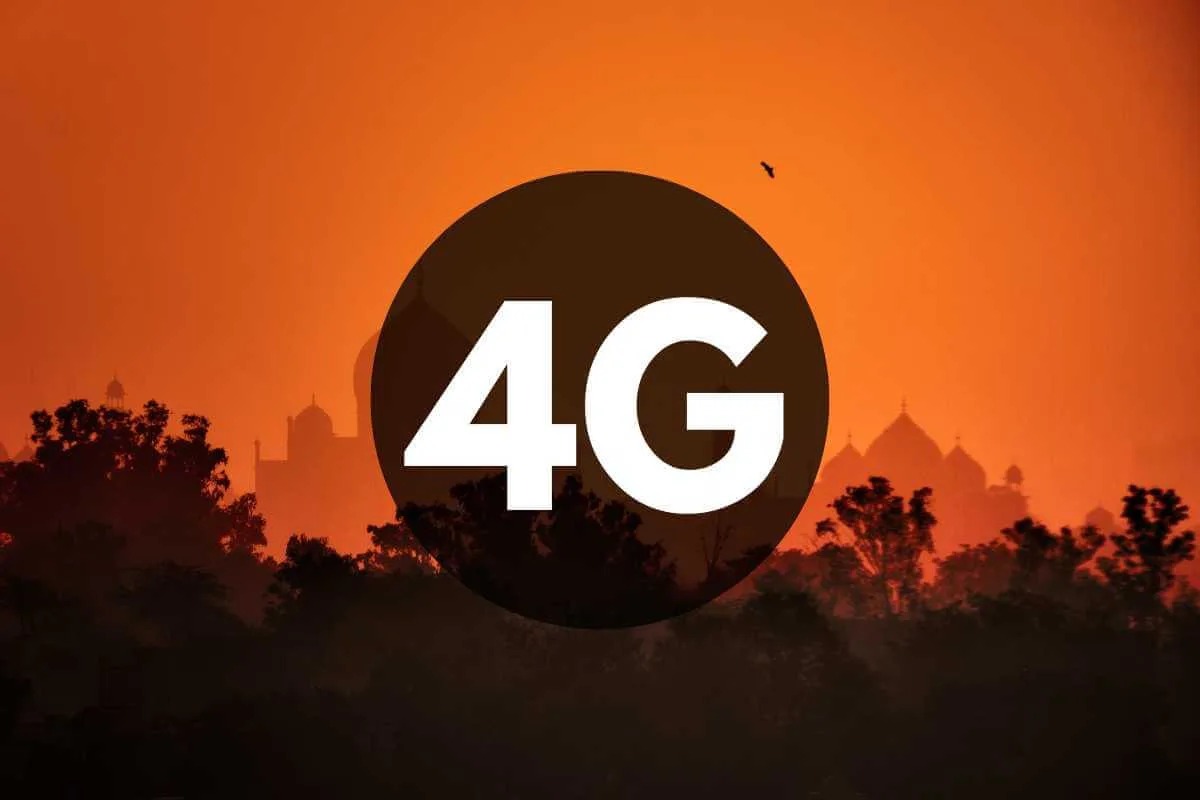India’s digital infrastructure has reached a new milestone, with 4G mobile networks now covering 95 percent of the population and internet connections surpassing 97 crore as of June 2024. The rapid expansion, driven by government initiatives and private sector investments, underscores the country’s commitment to digital inclusivity and connectivity.
Expanding Coverage and Internet Growth
- The Ministry of Electronics & IT reported that internet connections in India have grown from 25.15 crore in March 2014 to 96.96 crore in June 2024, marking a 285.53 percent increase.
- Out of 6,44,131 villages, 6,15,836 now have 4G mobile connectivity, significantly reducing the digital divide between urban and rural areas.
- The BharatNet Project has played a crucial role in this expansion, bringing high-speed broadband to over 2.18 lakh Gram Panchayats.
- Nearly 6.92 lakh km of optical fiber cable has been laid under the initiative, ensuring affordable internet access in remote regions.
Impact on Mobile and Telecom Industry
- The surge in internet penetration has led to a shift in consumer preferences, with 5G smartphones in the sub-Rs 10,000 price range gaining traction over basic feature phones.
- Feature phone vendors such as iTel, Lava, HMD, Karbonn, and Cellecor have seen steep declines in sales, while Reliance Jio has dropped out of the top five mobile vendors list.
- India’s mobile subscriber base is projected to reach 116 crore by 2025, reflecting the scale and reach of the country’s digital transformation.
Challenges and Future Outlook
- Despite the progress, India’s telecom sector faces one of the highest spectrum cost burdens globally, impacting sustainable development.
- The GSM Association has highlighted that the acquisition of new bands for 5G and 4G networks has significantly increased costs between 2015 and 2023.
- To mitigate financial pressures, industry experts suggest that governments prioritize long-term digital ecosystem growth over short-term revenue generation.
Sources: The Economic Times, MSN India.
